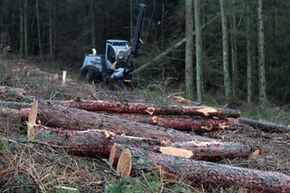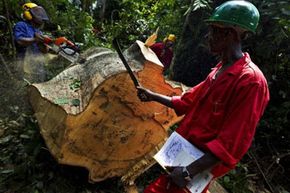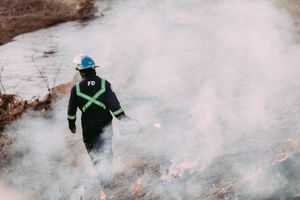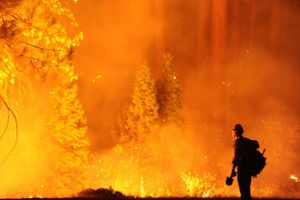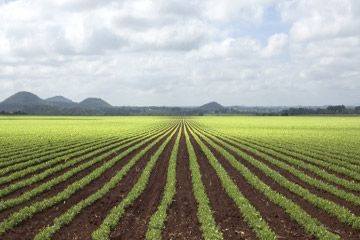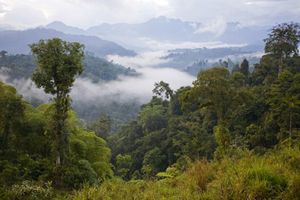The world's forests hold enormous economic value -- as long as they're harvested for construction, consumer products, land clearing or access to minerals in the earth below. Unfortunately, millions of acres of formerly forested land are cut down with no thought toward the future use of the land. The result is a barren landscape that may never regrow into anything like the original forest.
Deforestation has obvious and severe consequences, as wildlife habitats are destroyed and soil erosion becomes severe. There are economic problems as well: If you clear cut a forest to harvest the raw materials, you might make a quick profit, but you'll only make it once. The forest is gone and the land no longer holds any value.
Advertisement
Sustainable forestry seeks to balance our need for forest-based resources and economic benefits with the long-term health of the forest. Instead of harvesting a whole area, sustainable forestry manages a forest, extracting some resources while maintaining the forest's long-term health. That way, the forest continues to serve its ecological role and also serves as a continuing source of revenue.
Creating a plan for sustainable forestry isn't easy, and there's no silver bullet that fixes every forest's problems. This article will explain the basic tenets of sustainable forestry and the importance of third party certification.
Advertisement
